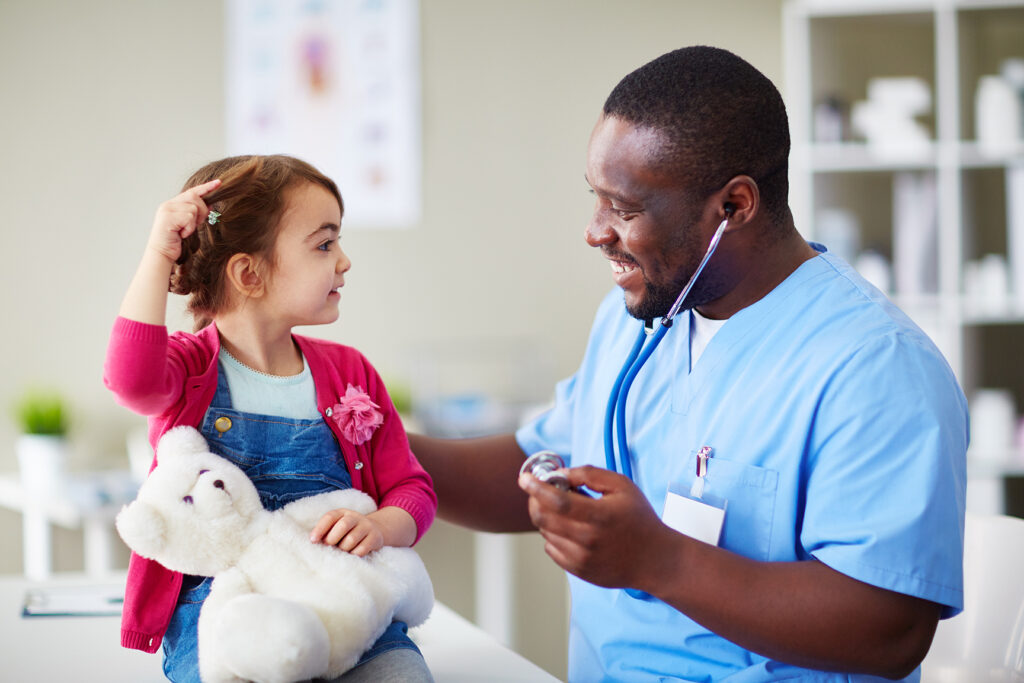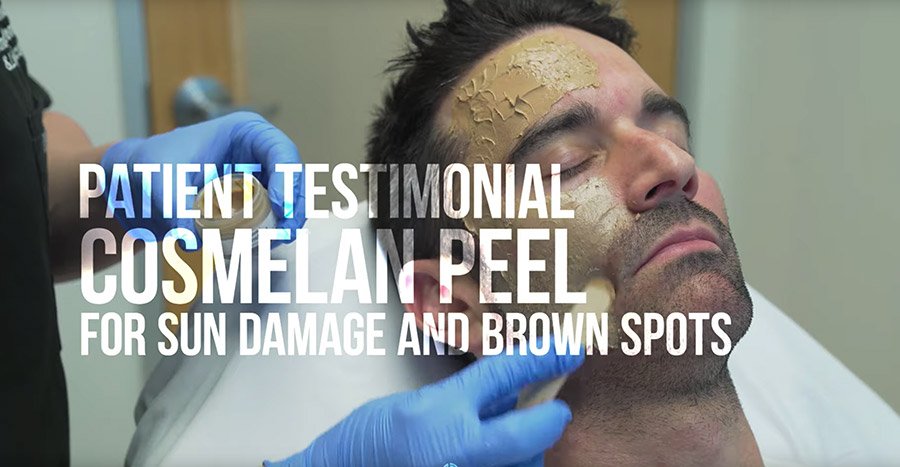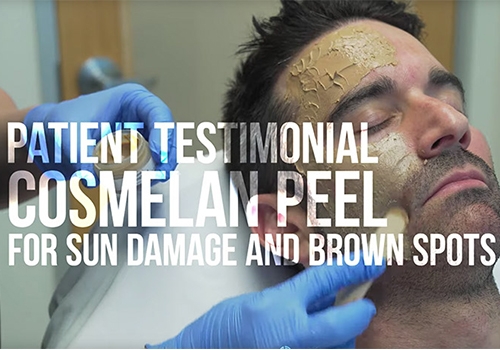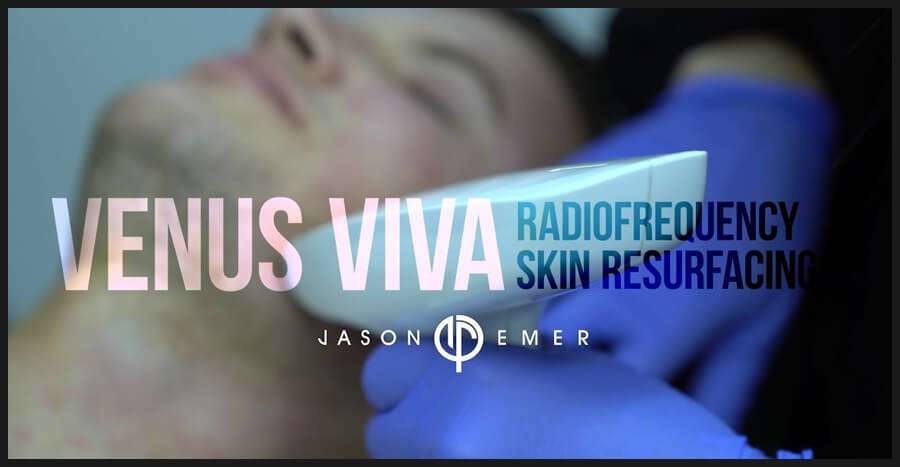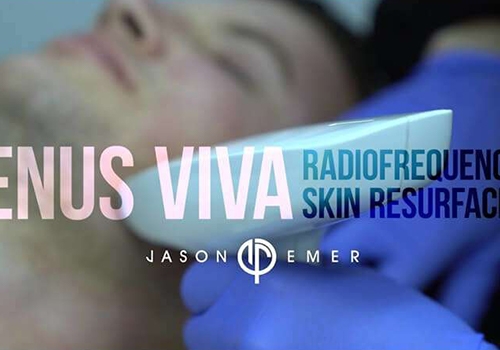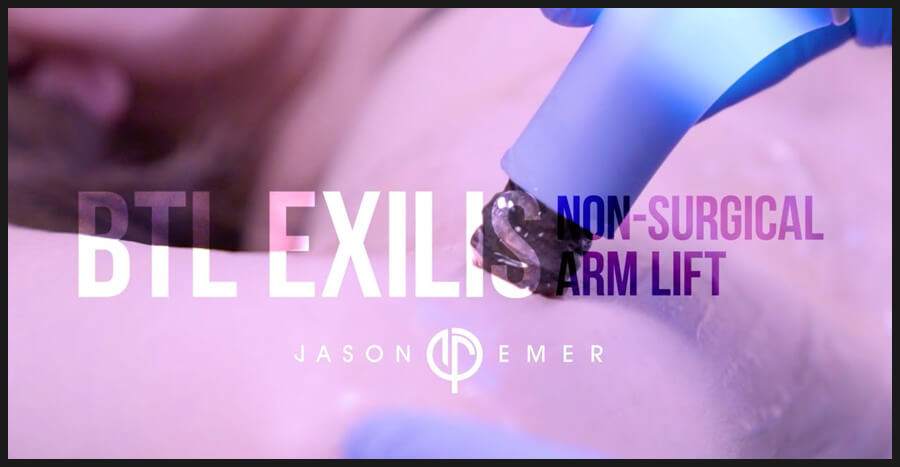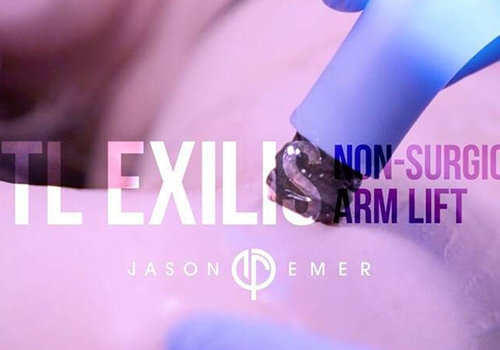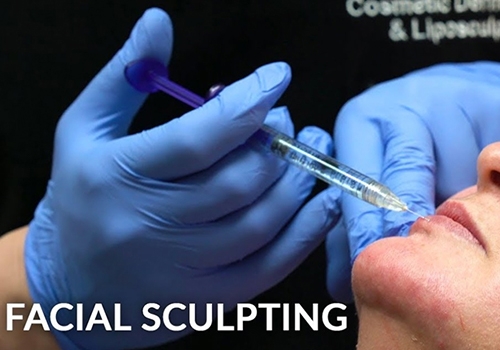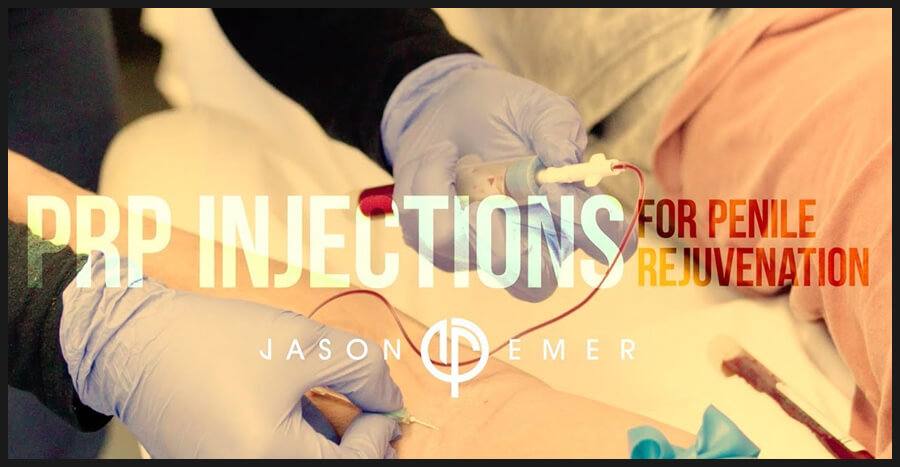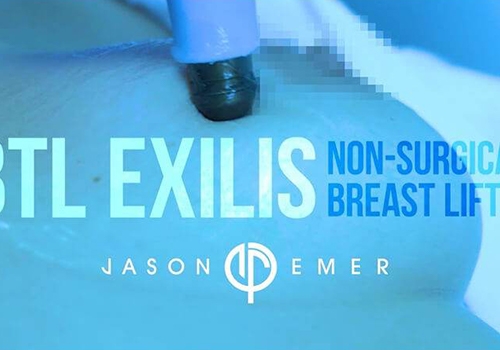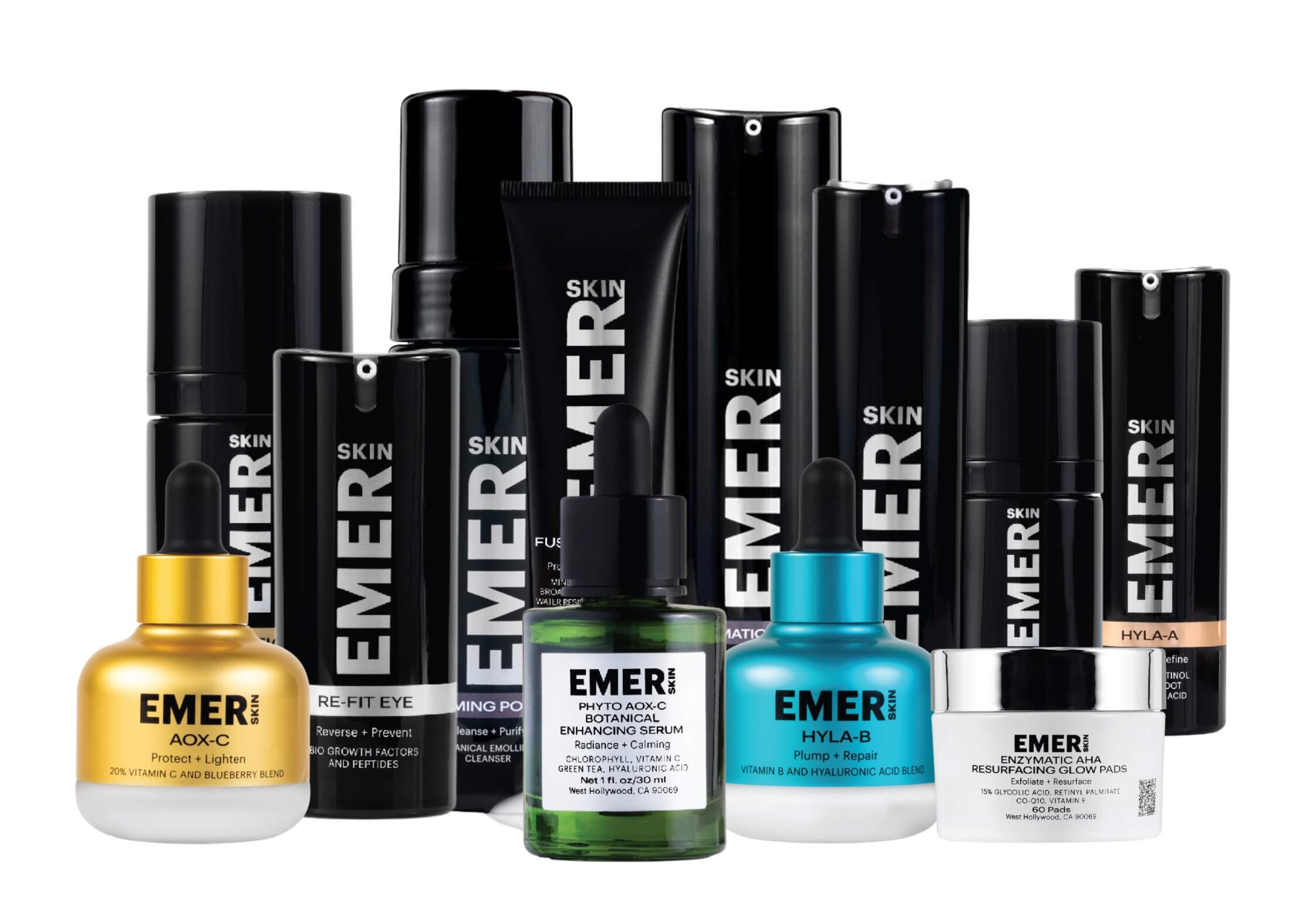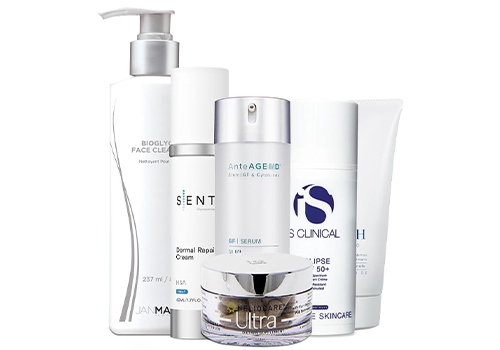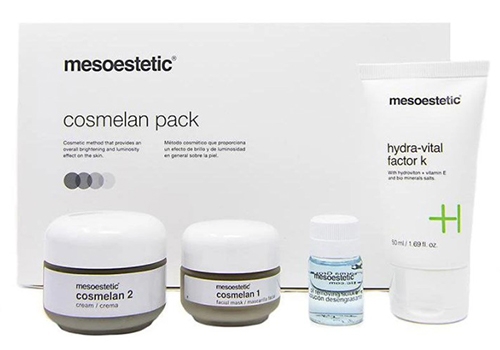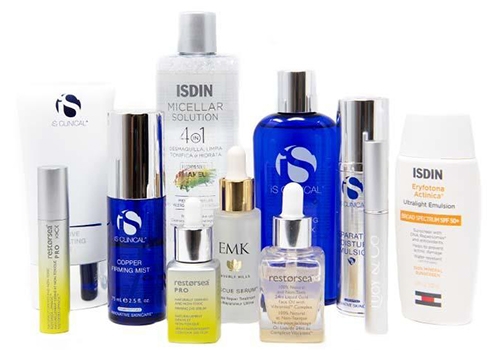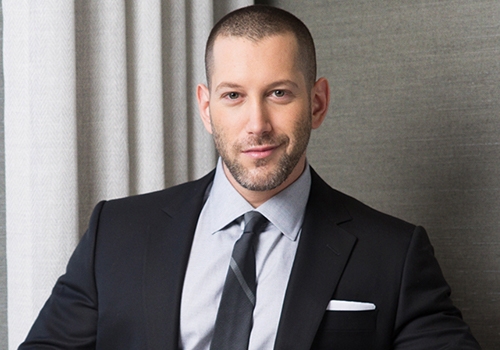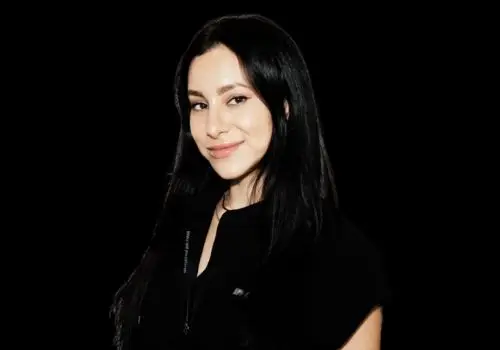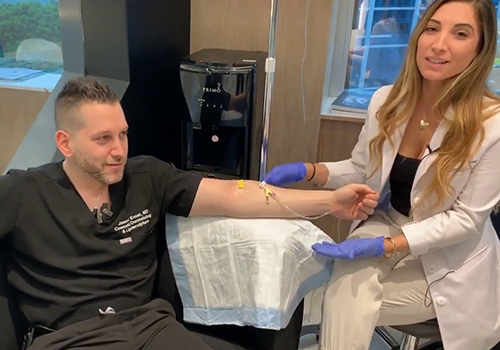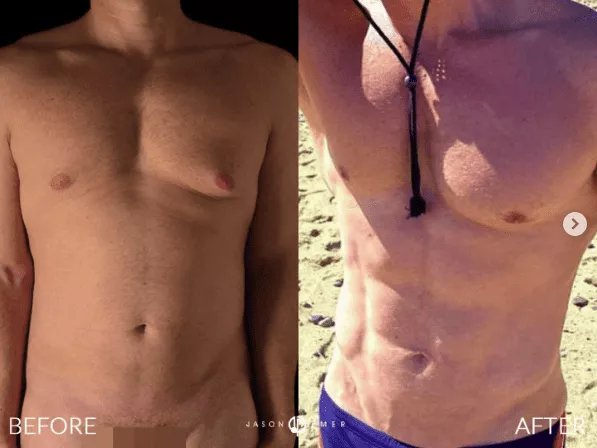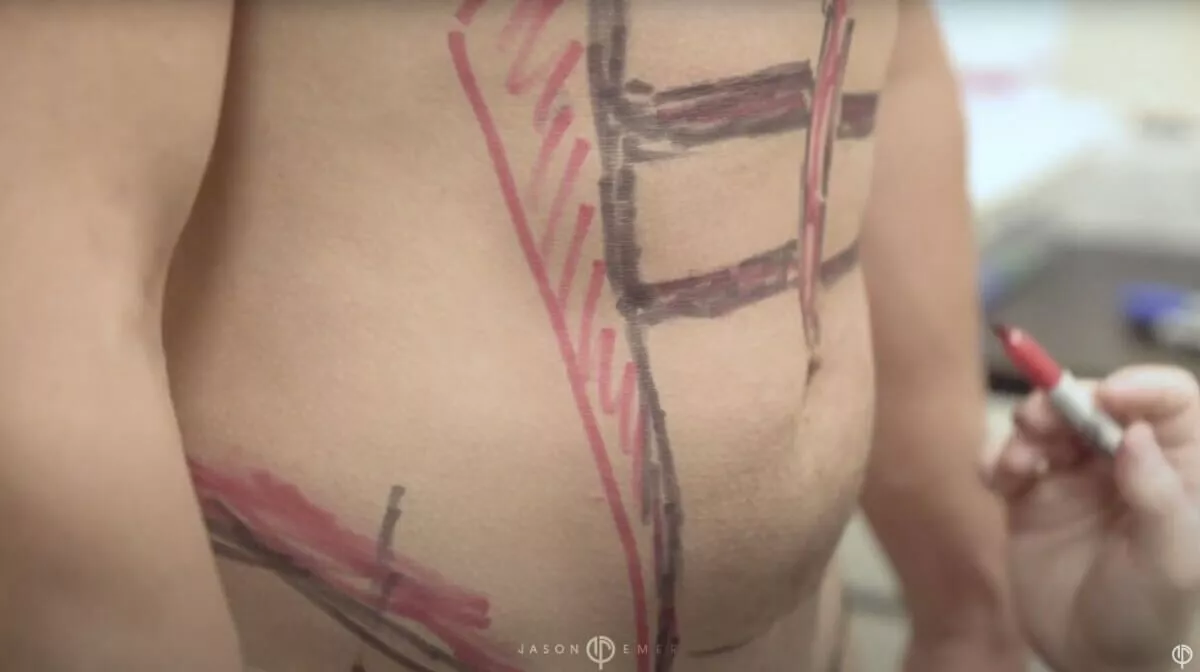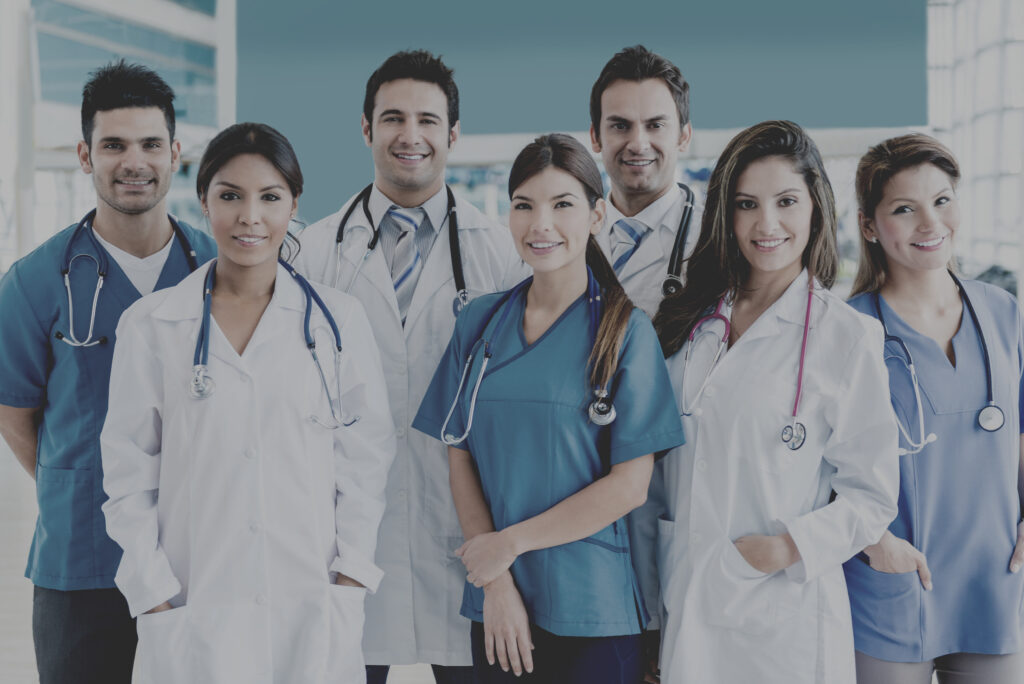
THE RESILIENCE OF THE MEDICAL COMMUNITY
Servants in the Seasons of Storms
By Graham Shuler & Brianna Connors
Resilience is described as the act of quickly recovering from difficulties to spring back into action. Commonly associated with the strong, the leading, and the pathfinders – at its etymological core, resilience is an action, a state of mind, and a character trait. Trials of health within the human experience highlight those in the medical community as one group that embodies resilience, perhaps better than many others.
With the rise of the COVID-19 pandemic, the medical community faced a storm of perilous confusion that would exacerbate existing weaknesses and create opportunities for healthcare professionals to honor their oaths in a time of great need. This cornerstone of society answered the call to take the battle head-on. Despite many obstacles and constant attacks, the call for the medical community to stand with the People and never surrender was heard. Countless businesses have been affected that caused many practices to close. Urgent care centers and other practices lost substantial business while hospitals struggled to function with the additional load and constraints. Through acts of resilience, healthcare professionals within these entities are recovering from their difficulties and springing back into action.
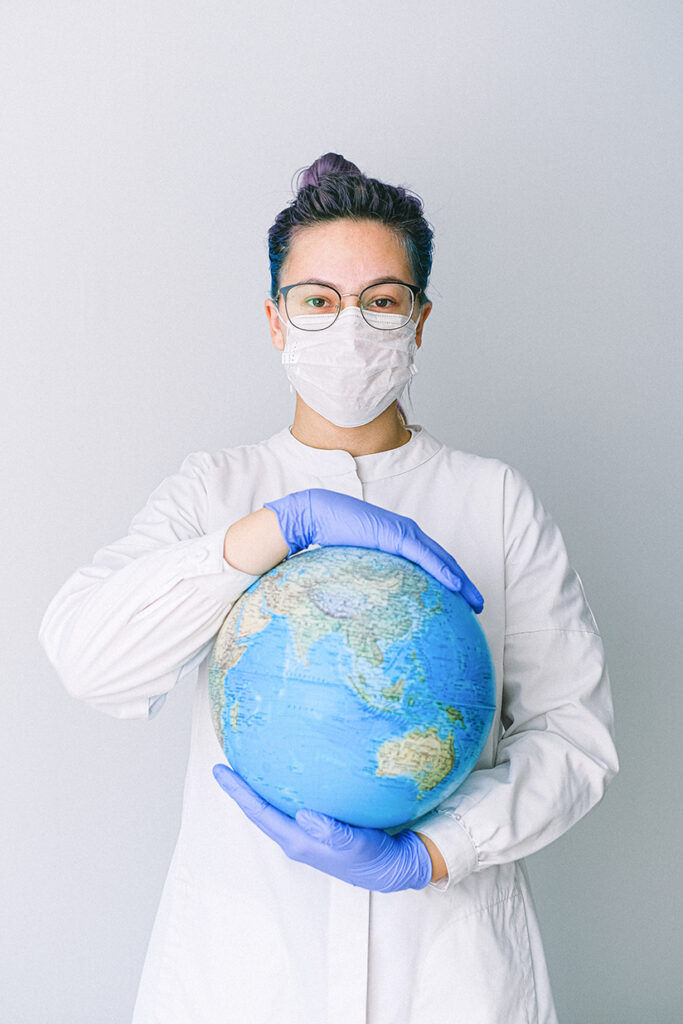
The face of resiliency is embodied by friends, neighbors, and loved ones who all serve in the medical community. The People who have looked to the medical community, those afflicted and plagued by COVID-19, have remained resilient in their pursuit of life. Resilience may have been a perceived rarity before, but the fire forges of COVID- 19 have tempered resilient, brave individuals. The medical community is united by common problems that require a combination of training and discernment to overcome concerns across this society. Throughout the COVID-19 pandemic, there has been a lack of consensus of best practices and politicking that detracts from the medical community’s ability to perform their duties. Despite challenges of confusion, closures, and increasing demands for service, medical professionals have faced the realities of individual patients daily. Dr. Lali Sehkon, a Neurosurgeon practicing at the Reno Orthopedic Clinic, commented to Top Doctor Magazine, saying, “Here’s what we know… it’s worse than the flu was with the deaths somewhere between World War I and World War II. We are now using the emergency room and hospital room as an emergency ward.” He went on to caution of the lack of consistency found among medical professionals leading to further concern.
“Every week, the picture seems to change,” said Dr. Sehkon. This results in those same professionals relying on their abilities to research and intuitive awareness to understand the dynamics of individuals and the general welfare in real-time – both of which come at the hefty cost of increasing staff burnout. Also speaking on the irregularities of COVID-19, Dr. Max Zaslavsky, a dentist in Fort Lauderdale, Florida, continues to portray the irregularities of COVID-19 that play like a film script. Dr. Zaslavsky provides perspective on the failings of the public trust that restrict the communication of counsel from the healthcare community. He exclaimed, “Weird when there is a mask shortage, and my barber is selling masks.” Healthcare professionals have been quick to understand the inversion of these times as Dr. Zaslavsky points to the strange reality that “Lysol is like a black market – really tough.” Dr. Zaslavsky responded to COVID19 through a range of adaptations that include a UV Light in his HVAC system. In navigating the onslaught of patient concerns, Dr. Zaslavsky echoed the staff shortage warnings, “Do they have covid or just the sniffles? Getting hygienists has been really difficult down here (In Florida).”
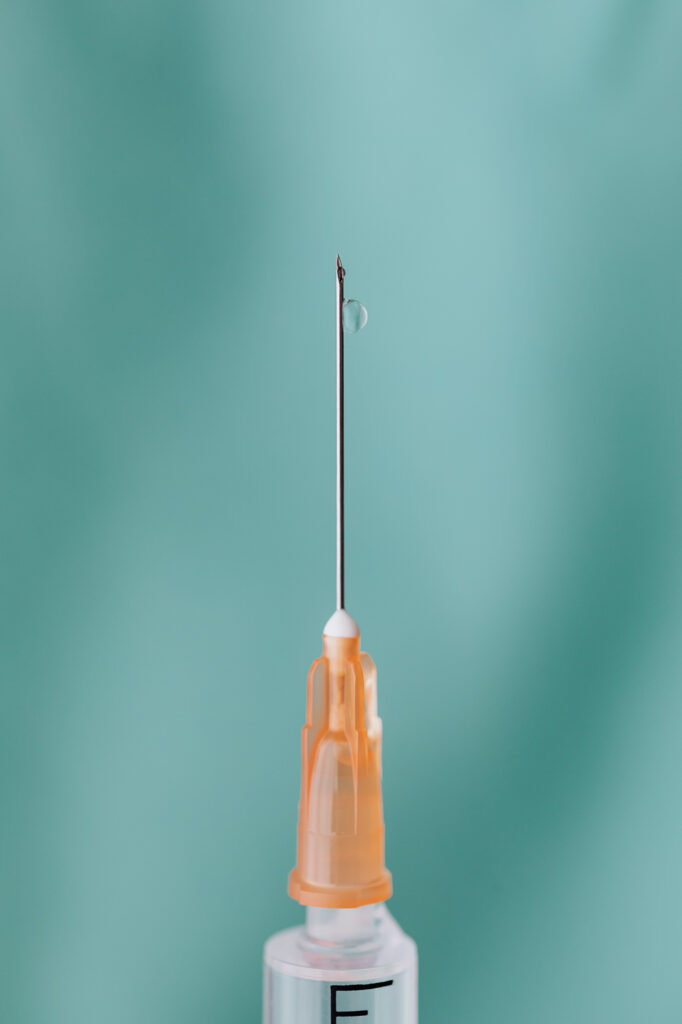
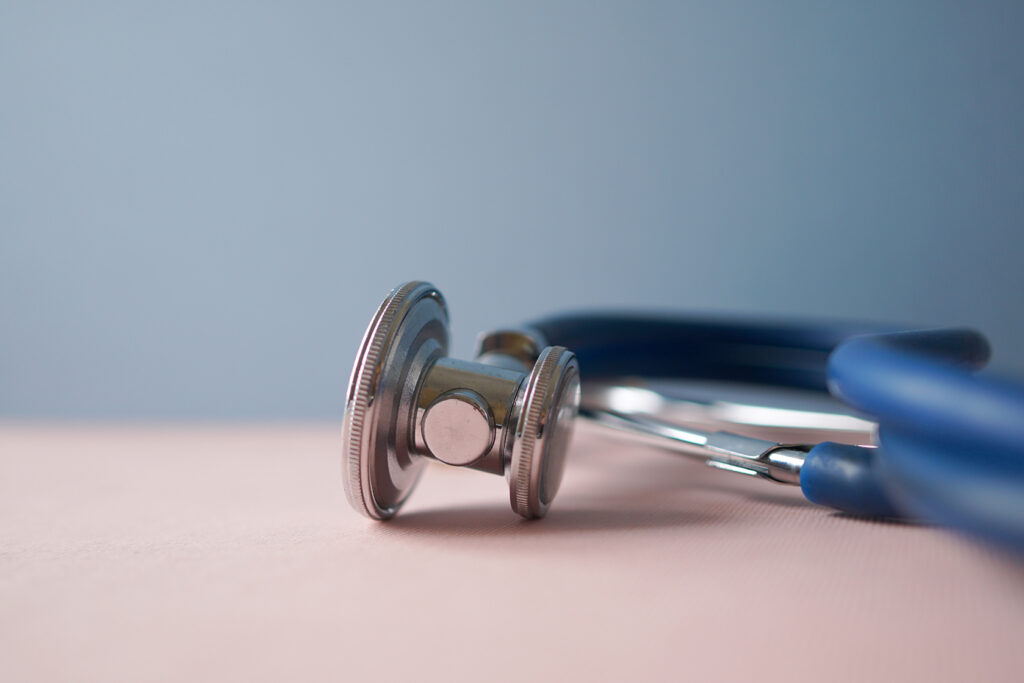
Ranges of experiences such as Dr. Renk’s graphic design training give medical professionals a storehouse of ingenuity. Another doctor who exemplifies this is Dr. Cesar Solano, who is originally from Chicago. Solano was first trained in El Salvador, where his family is from. Following his return to the United States to pursue a career in dentistry, he worked his way up from humble beginnings as an assistant to the owner of a lab. After selling the lab and going back to school to get his dental license, Dr. Solano became an associate and is now a Clinical Director in the Fresno and San Francisco areas.
Dr. Solano explained that the pandemic must be addressed in two ways. First, from the perspective of running a business, and second, from a public health standpoint. Speaking directly from his experience as a dentist, Dr. Solano was quick to agree that the training dentists receive to stop diseases such as AIDS or tuberculosis from spreading made adapting to COVID-19 restrictions a little easier.
“A lot of the barriers we [already] used were the same ones we still have to use,” said Dr. Solano, “We just have to put more things on top of those… For example, we have no issue wearing masks all the time.”
The range of experience for the medical community is highlighted by consistencies for Oncologists and Dentists who deal with the infection’s seriousness. These subtle and drastic changes in day-to-day operations come with a consensus from these professionals to wash your hands. The challenges of how many people can be inside the offices at one time and how to bring the patients back in safely require adaptation, but perhaps one of the most challenging issues that Dr. Solano and these other professionals have to overcome by ensuring enough PPE is available. Hence, the offices remain open and functional. The chaos of PPE has yielded a search for alternatives to secure the population from COVID-19.
While some doctors encourage holding out for survival to a vaccine, Dr. Renk stated, “people have a lot of mixed feelings on that (vaccine), some people are very for it, and some people are extremely hesitant to get it.



There is no information long term on what it is… I feel like anything is speculation at this point; it’s turned into a political thing.” The delicacy of hesitancy and long-term information are recurring elements for Dr. Renk, who specializes in mouth rehabs, incorrect cases, cancer cases, complicated reconstructions, and problems with implants. He told us, “Our specialty (Prosthodontist) isn’t well known, and the patient is often upset by the time they get to me, so it’s difficult to work on a patient who is already upset from the first one.” His general practice wisdom is relevant to the healthcare community today – exhausted yet encouraged, depleted yet determined, patients battle fear in the unknowns of a novel virus. Specialists like Dr. Renk have counterparts across the healthcare industry with Dr. Jason Emer, a cosmetic dermatologist known for leading usage of lasers and celebrity cosmetics. Their experience with HIV, Tuberculosis, and Oncology training reinforces the seriousness of disease spread, as Dr. Emer reminds, “Removing the negative, like removing a mirror.” Dr. Emer claims the new regulations caused a shift in his patients’ behavior to go to a practice they trust with protective measures in place. His patients want to do bigger procedures, come less often, do treatments at home, but come in every couple of months for big treatments. For some, COVID-19 has increased accessibility to treatment while others have been unable to receive the treatment they so desperately need. The confusion of information throughout COVID-19 has continued to tax the public trust. Consensus on guidelines and politics have retained a rift between ideals – especially the medical and scientific communities.
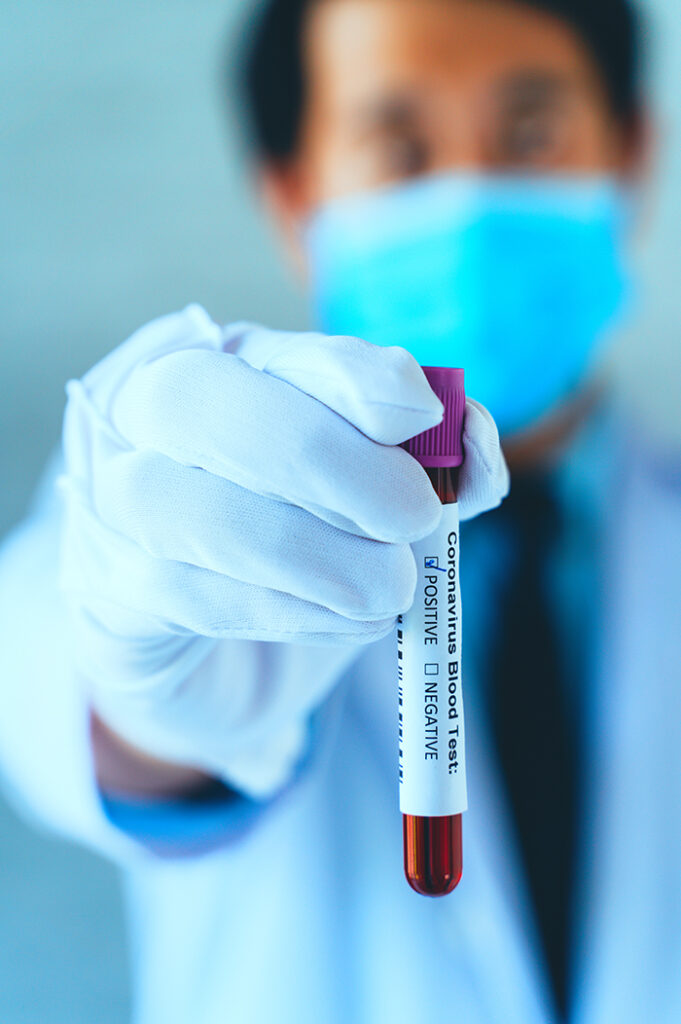
The approaching tax varies across regions and administrations; as Dr. Emer highlights, “Medicare planning on cutting surgeon reimbursement 15%. 50% goes to overhead, and then the rest goes to taxes. (There is an) inflated idea of income physicians take home. “This reference connects with the massive amount of debt that most healthcare workers take on. The financial frustrations of healthcare workers do not receive due attention. “News used to be who, what, when, where, and how, the opinion pieces now occupy the same as the reality opinions… (You) can find whatever opinion you want.” For those like Dr. Sehkon, who believes we will see “the worst of (COVID-19) in the next couple weeks”, the mask, distance, sanitize recommendations are “the cornerstone” in their professional opinions. Cultural and personal differences have fragmented comprehension of COVID-19. Dr. Zaslavsky disclosed that he has had heavy disagreements with colleagues and friends on issues assumed to be in agreement upon. These professionals reflect on the shame of the medical industry, that we are all in this position, that this is not a political issue, and we should be ashamed that medical opinions have been put on the wayside. The arguments between elderly and comorbidity are valid, but not all of the COVID-19 deaths are these causes. “This is a scenario where every decision made was going to be a bad one.” Dr. Sehkon
The race to treat COVID-19 contrasts our historical health experiences with an unprecedented sense of urgency. Why did we not treat HIV like COVID-19? Dr. Zaslavsky states, “So close to a vaccine for this but can’t figure out cancer for the last 50 years, 1 billion USD into the vaccine but what about cancer? The intro to every zombie movie is the government vaccine… I’m being facetious, but it’s weird to me we are so close with a vaccine for this and can’t figure out pancreatic cancer.”
These alternative perspectives are echoed by the alternative treatments in Mountain View Hospital, where Lo-Wei Bruno played a pivotal role in the expansion of the Infusion Center with private rooms for blood transfusions, chemotherapy, biotherapy, antibiotics, and iron treatments, using aromatherapy and music therapy to manage chemotherapy side effects like nausea, pain, and anxiety. Mountain View Hospital utilizes the first scalp cooling device in Nevada, offering cancer patients a way to reduce hair loss caused by chemotherapy. Top Doctor Magazine celebrates Bruno’s wisdom,
“So many times patients complain about the wait times for a doctor’s visit, if they are at home waiting for a facetime conference with the doctor, it is much less stressful as well as safer. Telemedicine is a great tool that is often used in the clinic setting and in many of our outpatient clinics, such as primary care and cardiology. However, within the hospital, options for telemedicine in our setting, and the ER setting, are limited.”.
Accessibility for patients unable to see a doctor has caused delays where medical providers offer preventive solutions. For Dr. Emer and his cosmetic patients, there is less “embarrassment” and the ability to see dark circles and angles through a different lens. For dentistry, Dr. Renk states dentists have to be hands-on while remote examination technology is being designed for dentists to use without patients coming in… “I don’t think that’s possible because a lot of things are tactile in dentistry – you have to look in person for at least what I’m doing.” Dr. Emer’s specialty practice provides a strong case for serious consideration as he creatively applies his skill, in person, to return smiling structure.

Healthcare professionals come from all walks of life, but their dedication and service render a humble entry point for their character to maintain throughout their careers. This resilient medical community’s response-ability is prepared for these challenges through their discipline, training, and research. Dr. Renk cautions,
“Because of how much debt people get into for dental school and residence… expecting to make more, but if you get taxed on it, then you pay such a high level of student loans back. It does create a lot of issues. People don’t understand how much it takes to do what we are doing. Not just being a doctor or business owner but going into debt.”
These medical professionals are persistent and continue to inspire through the practice of their lives. Dr. Zaslavsky breathed, “I’m living my life, but if you’ve driven in South Florida [you know] people in South Florida are pretty crazy also, could be my last day on I-95, I’m wearing my seatbelt when I’m driving and wearing PPE when working on a patient.” The return to logos is echoed with a call for pathos by Lo-Wei Bruno, “There is a certain amount of fatigue that everyone is feeling, being masked all day, and constant, meticulous hand washing, and not seeing an end to this any time soon…” The Resilience of the Medical Community is exemplified by these servants’ dedication and professionalism in the storm of COVID-19. Especially, LoWei Bruno’s directive:
“I can only speak in medical terms, and saving lives is the priority, and I will do my part to help ease human suffering.”
